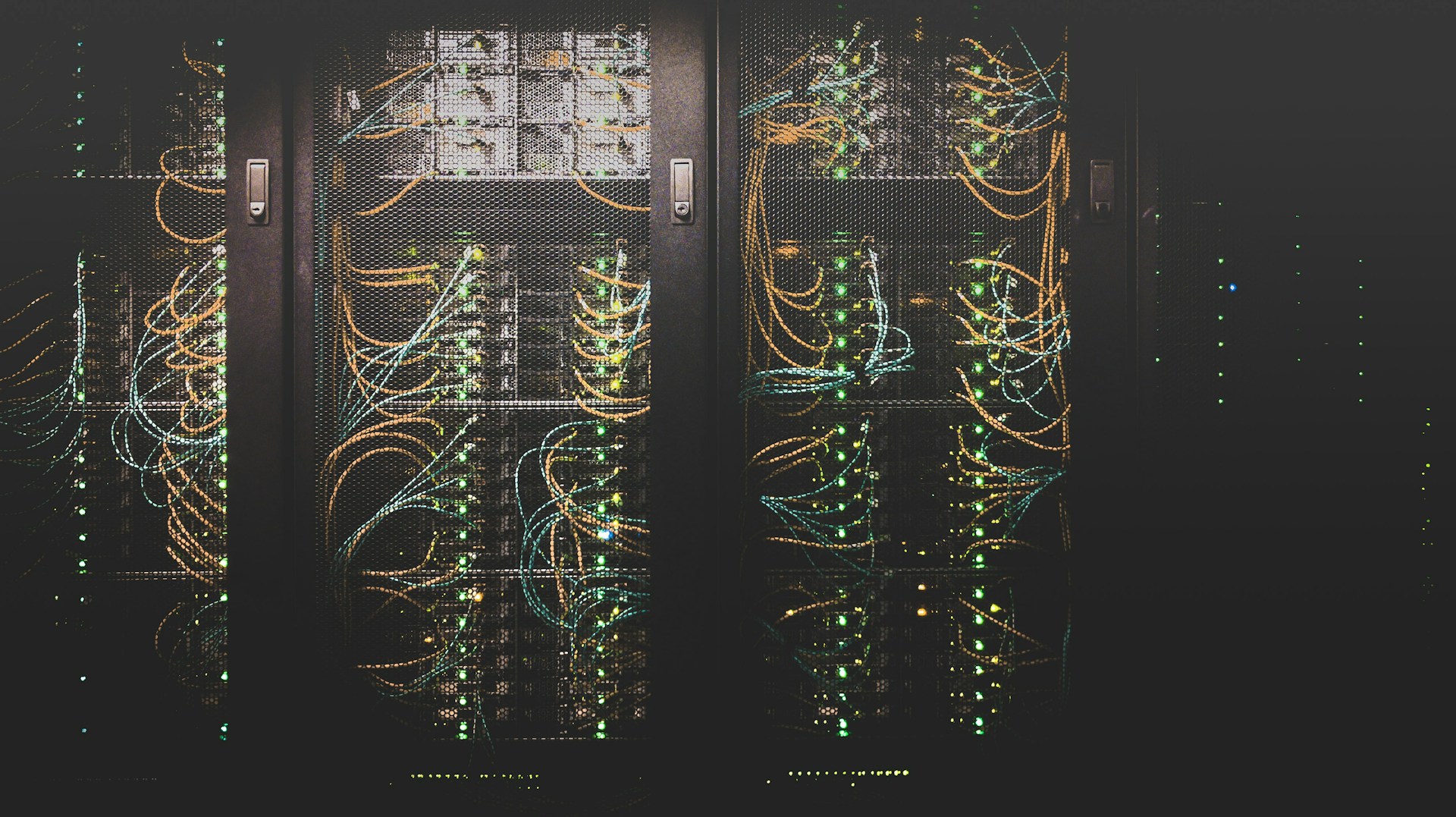
Environmental impact of data centres
9 May, 2025
There’s been a lot of talk about AI’s potential to help us reach net zero emissions and just as much talk about its environmental downsides. It’s safe to say that the picture is blurry as we still don’t have a full understanding of the true climate cost of the technologies we increasingly rely on. However, a new peer-reviewed study from Microsoft is an important step toward filling that gap.
Globally, data centres consume 10 to 50 times more energy per square foot than typical offices, much of which is used to keep servers cool. In 2020, these centres accounted for approximately 1.5% of global electricity demand (about 300 TWh), a figure expected to rise with the growing demand for cloud computing and AI.
The study presents a life cycle assessment (LCA) of advanced alternative cooling technologies in data centres, such as cold plates (metal plates placed directly on server components to draw heat away more efficiently) and two-phase immersion cooling (where servers are submerged in a special fluid that evaporates as it absorbs heat). It quantifies how these technologies could reduce GHG emissions by 15–21%, energy by 15–20%, and freshwater consumption by 31–52% compared to traditional air-cooling methods.
But these solutions come with their own caveats. Two-phase immersion cooling, for instance, uses PFAS – often called ‘forever chemicals’ – which are under regulatory scrutiny in the US and EU due to their potential health and environmental risks.
Microsoft states that sustainability considerations are being factored into engineering decisions early on, and has pledged to become ‘carbon negative’ by 2030. Yet, its latest sustainability report (FY23) showed a nearly 30% rise in emissions since 2020, largely driven by data centres expanding to meet AI demands.
For all businesses, the takeaway is clear: digital infrastructure has a meaningful environmental footprint. While tech has a role in sustainability strategies, it’s not footprint-free and rarely neutral. So when you’re doing your next materiality assessment, think carefully about the environmental impacts of your data use and digital activities, from emissions and energy use to water demand and biodiversity impacts!
By Sirisha Venkatesh
 Back to all friday 5
Back to all friday 5